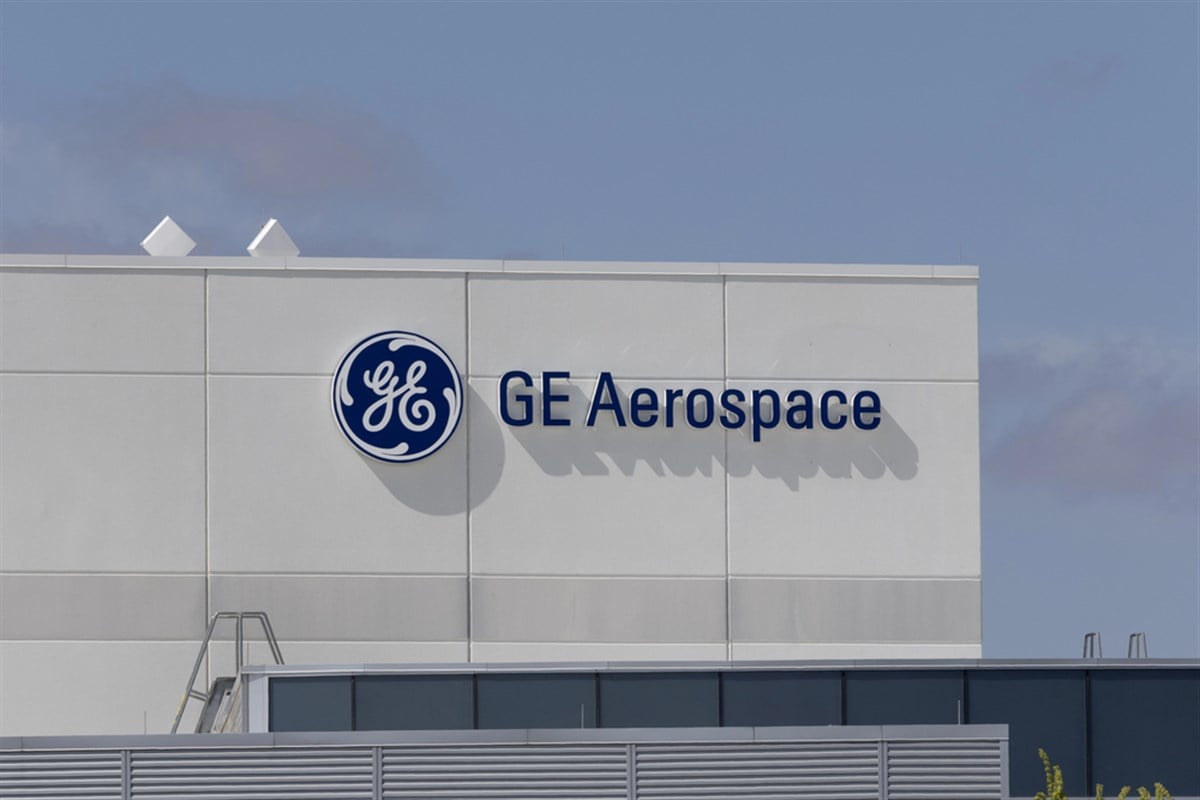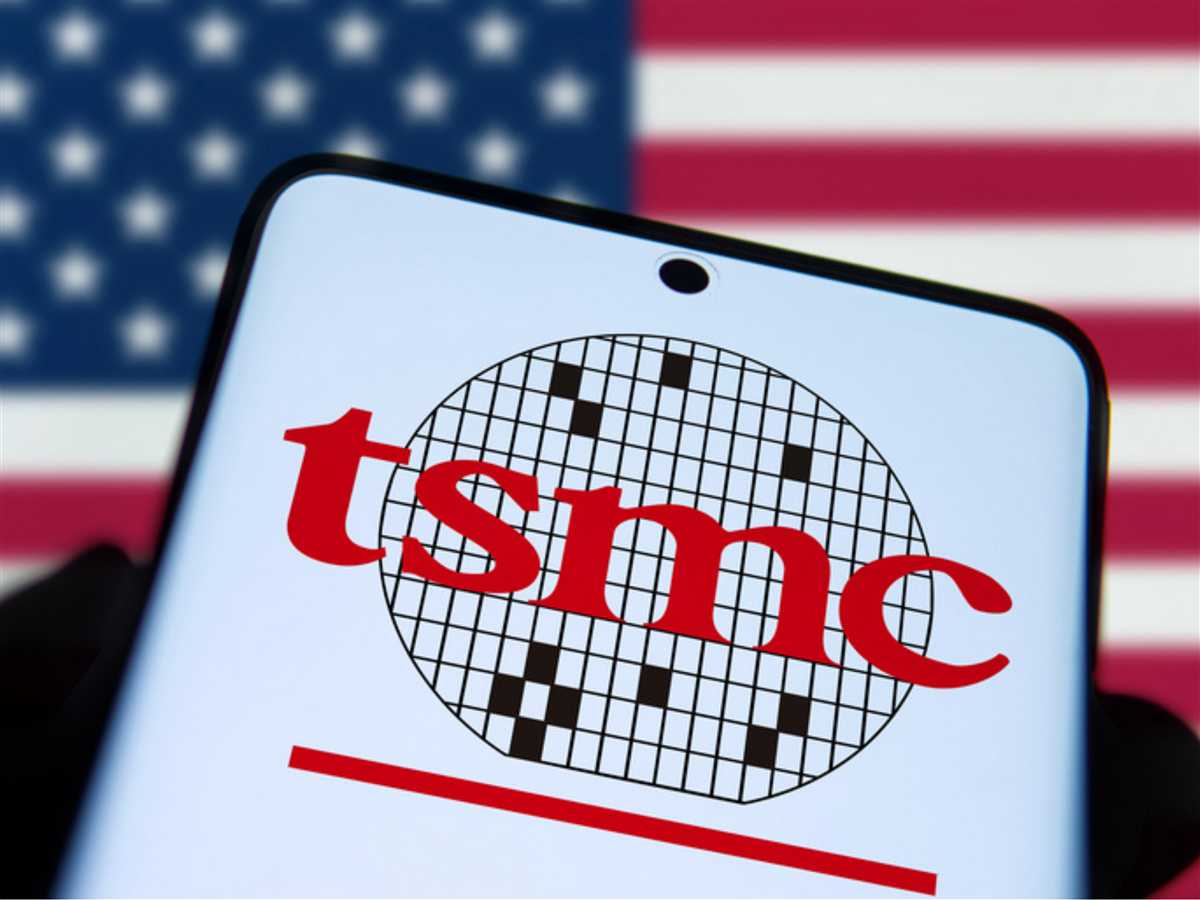High-Flying GE Aerospace Drops After Blowout Q2 — What Now?

Earnings results are in for GE Aerospace (NYSE: GE), and the General Electric spin-off had a great quarter.
GE Aerospace has been one of the best-performing large-cap U.S. stocks in the market in 2025.
Its total return north of 56% as of the July 17 close ranks in the top 10 among S&P 500 stocks.
Its strong quarterly performance continues to validate the bullish momentum behind the stock.
Let’s dive into the aerospace and defense company’s latest results and analyze the outlook for the stock going forward.
GE Aerospace Crushes Expectations, Shares Fall Anyway
In Q2, GE Aerospace posted adjusted revenue of $10.2 billion, which marked a 23% increase from a year ago. This massively beat out consensus expectations. The company’s adjusted earnings per share (EPS) of $1.66 showed an increase of over 38% compared to Q2 2024. This result exceeded expectations of 19% earnings growth. Adding to the strong performance was the fact that GE Aerospace raised its guidance for 2025 and the long term.
The company anticipates adjusted revenue growth in the mid-teens in 2025, up from its previous low-double digits estimate. It now expects midpoint adjusted EPS of $5.70, compared to around $5.28 previously. Analysts expected the company to raise its guidance, but the new EPS midpoint was still higher than anticipated. Through 2028, the company now expects adjusted revenue to rise at a double-digit compound annual growth rate (CAGR). It previously forecasted a high-single-digit adjusted revenue CAGR through 2028. Still, with all this good news, shares dropped moderately on the day of the July 17 release. So, what gives?
Strong Pre-Earnings Performance Meant Limited Upside Going In
As noted before, analysts had already significantly raised their guidance expectations on the stock. This made the firm’s huge beat less consequential than it would have been otherwise. The huge 48% rise in shares since GE Aerospace last reported earnings demonstrates the company's increasing expectations.
Markets generally expected GE to report very strong results, as the company announced a plethora of new order agreements in May and June. This helped push shares up before GE reported. Analysts at both Citigroup and the Royal Bank of Canada substantially increased their price targets on GE Aerospace prior to the results, another sign of this anticipation.
GE Aerospace received further good news in the days prior to releasing earnings. The preliminary report into the Air India crash issued no recommendations to GE Aerospace, which made the plane’s engines, or Boeing (NYSE: BA). While the analysis is still ongoing, investigators have not assigned blame to either firm at this point. GE Aerospace shares gained for several days after the report, making it that much harder for the stock to rise on earnings.
GE’s Outlook: Lofty Valuation, But Innovation Can Drive Long-Term Performance
GE Aerospace is clearly a very well-positioned company, seeing robust sales and earnings growth. It has a fantastic moat, with three out of every four commercial flights using GE engines. This gives the firm a massive installed base, allowing it to generate servicing revenues on those engines for years after they are initially delivered. This is why 70% of the company’s revenue last quarter came from servicing.
However, this does not necessarily mean the stock represents a great investment at current prices. As of the July 17 close, GE Aerospace trades at a forward price-to-earnings (P/E) multiple of just under 46x. That’s just moderately lower than the 50x high it reached in April 2023 since GE’s restructuring in January 2023. The 46x figure is also 21% above the stock’s average forward P/E of 38x since the restructuring. Still, the 46x figure could come down as analysts push their EPS estimates higher after the results.
One part of GE Aerospace's business that could drive upside going forward is its Defense and Propulsion Technologies (DPT) segment. The company is teaming up with Kratos Defense and Security Solutions (NASDAQ: KTOS) to make propulsion systems for affordable unmanned aerial systems. That's short for drone fighter jets.
This type of technology has the potential to see big-time adoption in the defense industry over the long term. GE Aerospace’s dominant market position allows it to get in on emerging technologies like this. Its ability to participate in these types of innovations sets the stock up to continue performing well in the long term. However, its high valuation and lackluster reaction to strong earnings indicate that there may be limits to the stock’s near-term upside potential.
Learn more about GE


